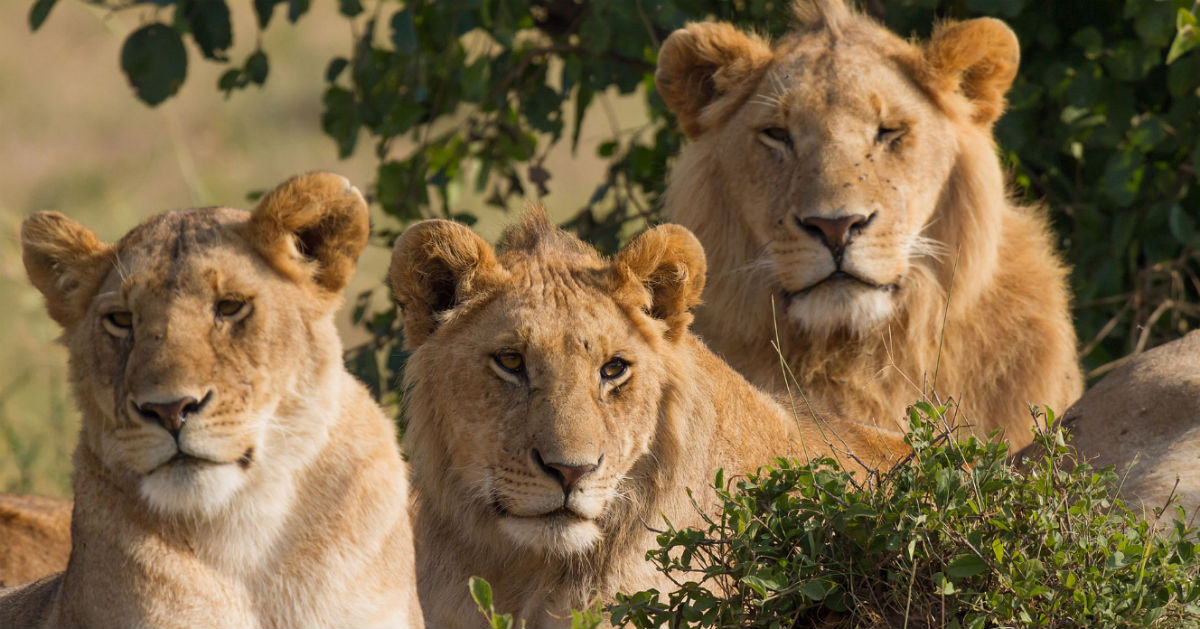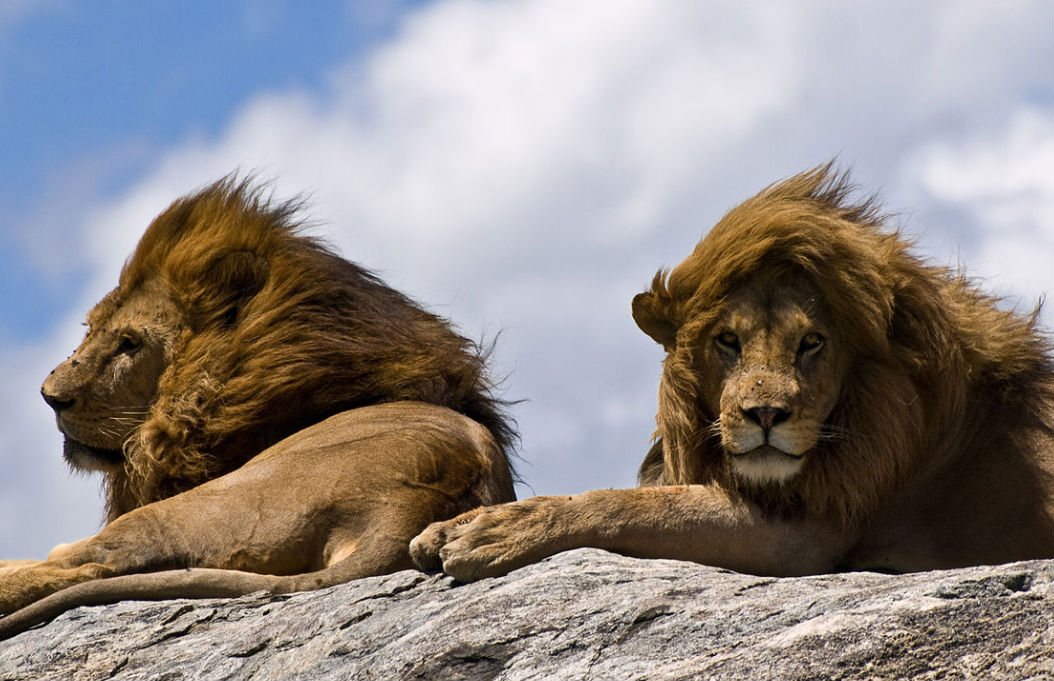Poachers Who Broken In Illegally To Protected Land, Learn The Ultimate Lesson From Mother Nature

Despite the official protection granted them by governments, national parks and preserves worldwide face threats from outside their boundaries. These threats range from logging, mining, and livestock grazing to the encroachment of growing human populations. In addition, poaching, the illegal capture or killing of fish and wildlife within a national park or preserve, produces at least $5 billion in global business annually.
Poachers have no regard for national park and preserve boundaries. In Africa, the black rhinoceros is endangered because poachers sell its horns for folk medicines. Elephants are slaughtered for ivory, despite an international ban on ivory sales. Both elephants and giraffes are killed for meat. Wild parrots and lizards are trapped for sale as pets; crocodiles and snakes are killed for their skins; monkeys are captured for sale to circuses and zoos.
Even big mammals like rhinoceros are not excluded from poaching During the 1980s rampant poaching nearly exterminated the world’s population of the endangered black rhinoceros. These poachers do not have regard for the fact that most of the animals that they hunt illegally are in danger of extinction. The menace of poaching has been a major problem in parks.
But this time around, it was the poachers that ran into problem as they ended up as dinner for a pride of hungry lions when they broke into a rhinoceros reserve on an illegal hunt .
A number of poachers were torn apart by six big cats at the Sibuya Game Reserve in Kenton-on-Sea, South Africa, where staff members discovered bloody body parts including a head and limbs.
“The lions are our watchers and guardians and they picked the wrong pride and became a meal,” reserve owner Nick Fox, 60, said of the poachers, the Daily Express reported.
“Whilst we are saddened at any loss of life, the poachers came here to kill our animals and this sends out a very clear message to any other poachers that you will not always be the winner,” Fox warned.
According to a statement on the reserve’s Facebook page, the poachers must have attempted to break in late Sunday night or early Monday morning.
“We found enough body parts and three pairs of empty shoes, which suggest to us that the lions ate at least three of them but it is thick bush and there could be more,” Fox said.
The six lions had to be tranquilized for the human remains to be recovered.
Also recovered were hunting rifles, gloves and axes, proof the poachers were after rhinos, Fox said.
“They were armed with high-powered rifles with silencers and an ax for the horns and wire cutters and sidearms and they had enough food with them to last for many days,” noted Fox. “They were clearly intent on killing rhinos and cutting off their horns.”
Police were working on determining how many rhinos were killed and whether the bandits had struck before.
Poachers have broken into the reserve before. The popular, 30-square-mile tourist attraction in South Africa’s Eastern Cape province is also home to leopards, elephants, zebras, giraffes and buffalo.
In 2016, three rhinos were shot and killed in the park by poachers before removing their horns.
South Africa houses more than 80 percent of the world’s rhinos. Their horns are sought after for dubious medical benefits throughout Asia. More than 1,000 rhinos were slaughtered for their horns in the country last year.



